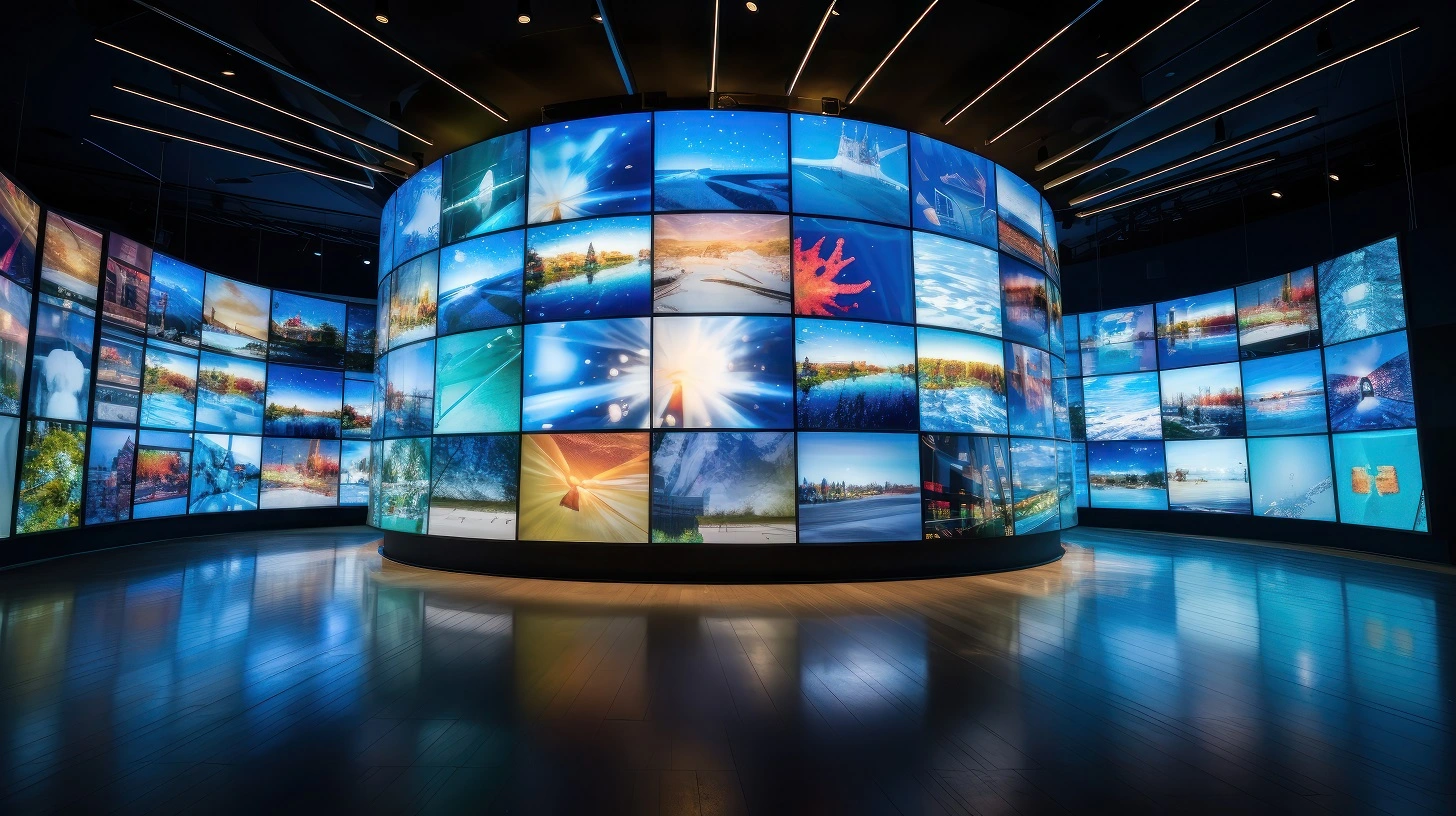Understanding the Frequent Causes of Light Emitting Diode Wall Display Failure
Wiki Article

LED wall panels are commonly utilized in multiple environments, from advertisements to residential cinemas. These screens are favored because they deliver vivid and dynamic visuals while being energy-efficient. However, like all electronic gadgets, LED panel screens can encounter failures. Understanding the common reasons of these malfunctions is crucial for preserving their performance and ensuring durability. This piece explores several key elements that can lead to the malfunctioning of LED wall screens.
One of the primary frequent causes of failure in LED panel panels is overheating. LED technology produces heat during use, and if this heat is not adequately managed, it can harm internal components. Poor ventilation or insufficient cooling systems can exacerbate the problem. When the temperature increases beyond the suggested levels, it can result to diminished brightness, color deviation, or complete breakdown of the panel. Regular maintenance, including cleaning air openings and ensuring adequate airflow, can assist prevent overheating and extend the lifespan of the panel.
Another significant factor contributing to LED panel panel failure is electricity surges. Variations in the electric supply can result in damage to electronic components within the panel. Sudden jumps in electricity can cause to blown fuses or damaged circuits, resulting in malfunctioning screens. Using voltage safeguards and voltage regulators can mitigate this threat by normalizing the power supply and safeguarding sensitive electronic components. Ensuring that the electrical system is up to code and able of supporting the site link electricity requirements of the screen is also critical.
External factors play a crucial role in the functionality of LED panel screens. Contact to harsh temperatures, moisture, or dust can adversely impact their operation. For example, high humidity can lead to moisture buildup inside the panel, which can result in short circuits or corrosion of internal parts. Similarly, too much dust accumulation can obstruct ventilation and lead to overheating. Installing LED panels in controlled settings and frequently maintaining them can help maintain optimal performance and prevent failures.
Additionally, production flaws can result to early failures in LED wall panels. Quality assurance during manufacturing is crucial to ensure that each panel meets industry standards. Defective components or poor construction can lead in problems such as dead pixels or uneven brightness. It is important for buyers great post to read to buy LED wall panels from reputable manufacturers that provide warranties and support. This guarantees that any possible defects can be addressed quickly, reducing downtime and frustration.
In conclusion, understanding the common causes of LED panel panel malfunction can help consumers take preventive measures to guarantee their longevity and performance. By addressing overheating, protecting against power surges, taking into account external conditions, and choosing quality products, consumers can greatly reduce the risk of failure. Regular care and knowledge of these factors will result to a better experience with LED wall screens, whether for individual or professional application.